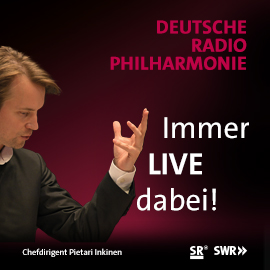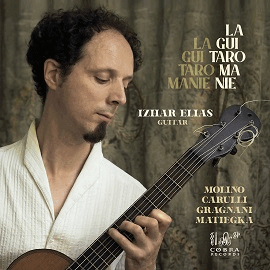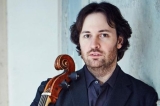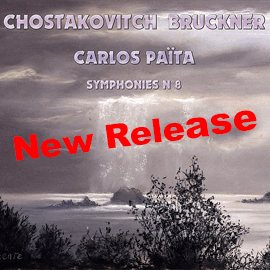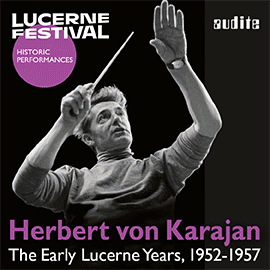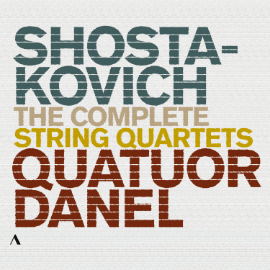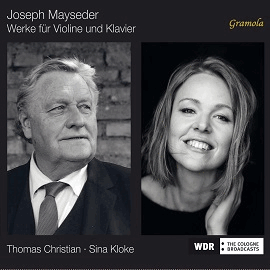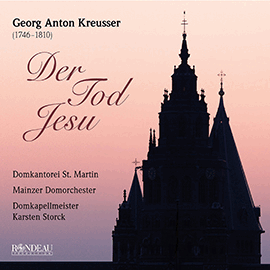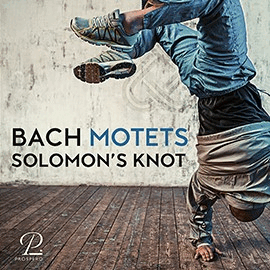On forthcoming 16th and 17th of November the Spanish ensemble La Ritirata will perform two concerts in the Salón de Columnas of the Palacio Real in Madrid. One is a public concert for which the tickets were sold out within a few hours, the second is a private concert with the attendance of members of the Royal Family.
The cellist and leader of the group, Josetxu Obregón, will have the great honour and challenge of playing the 1700 Stradivarius that belongs to the Royal Collection, considered undoubtedly one of the best in the world.
The Stradivarius violoncello used in this occasion is the undecorated cello called Bajo Palatino, built by Antonio Stradivari (1644-1737) in 1700. Acquired by Carlos III, it is usually exhibited in the Music Hall of the Royal Library of the Palacio Real in Madrid. It is worth mentioning that it is preserved as designed by the famous luthier of Cremona, without « trimming », since the great majority of the violoncellos of that time were unfortunately modified by luthiers in the last century to adapt them to the size of a standard cello, and there are very few (less than a dozen) Stradivarius that are preserved with their original size.
To give a close example, the other violoncello of the Royal Collection (the decorated 1696 Stradivarius that forms part of the Cuarteto Palatino or Decorated Quartet that is exhibited in the same room) was cut, as indicated by the Patrimonio Nacional [National Heritage] itself: « During the Eighteenth and Nineteenth Centuries some interventions were made on the instruments. The most aggressive was the one suffered by the current cello [1696 Stradivarius], which originally was a bass violin and was dwarfed to adapt to the musical fashions of the time. »
Last Thursday, Josetxu Obregón had the opportunity to attend the installation of gut strings in the aforementioned Stradivarius in the presence of the conservatives, luthier and security personnel of the Patrimonio Nacional, something that had not been done before in the recent history of this instrument and which is therefore an important novelty, bringing its sound closer to what it would have had in the Eighteenth Century.



